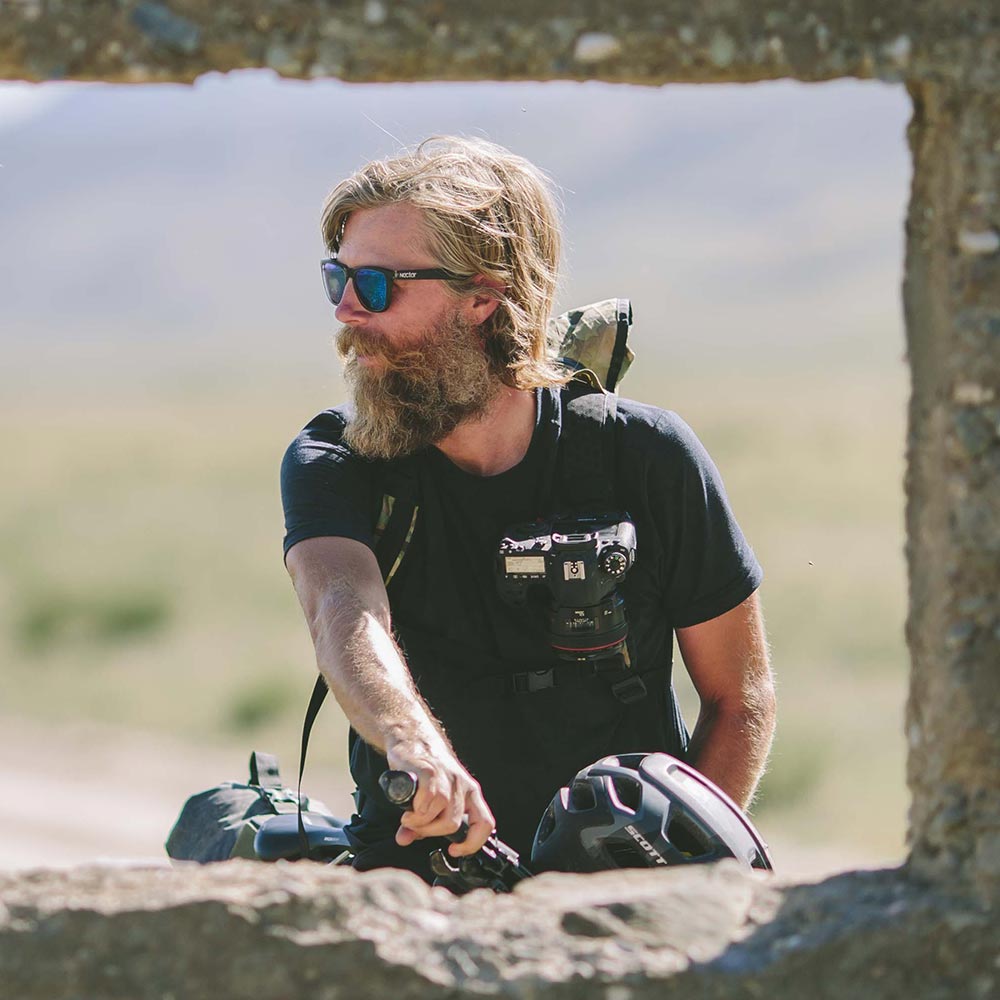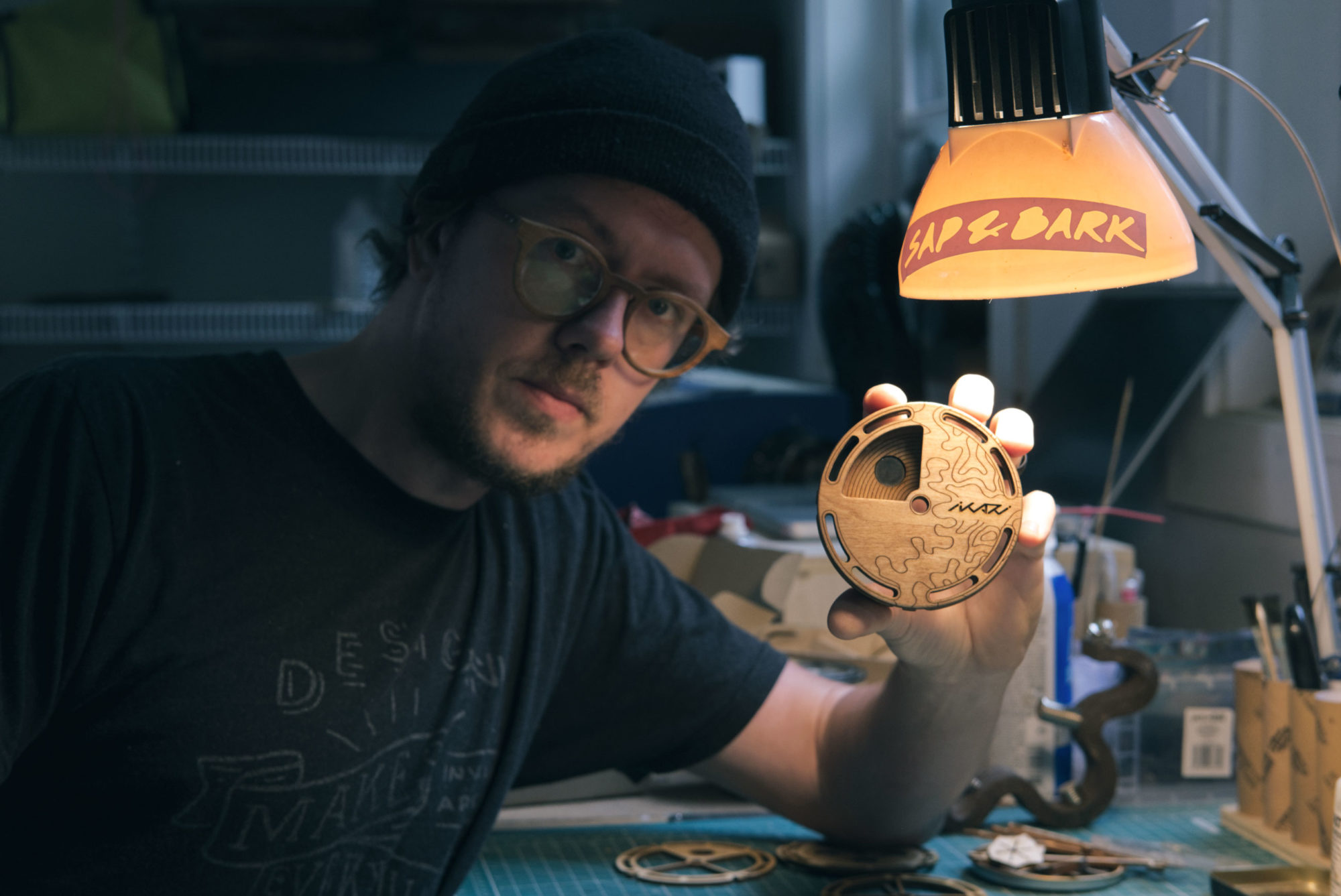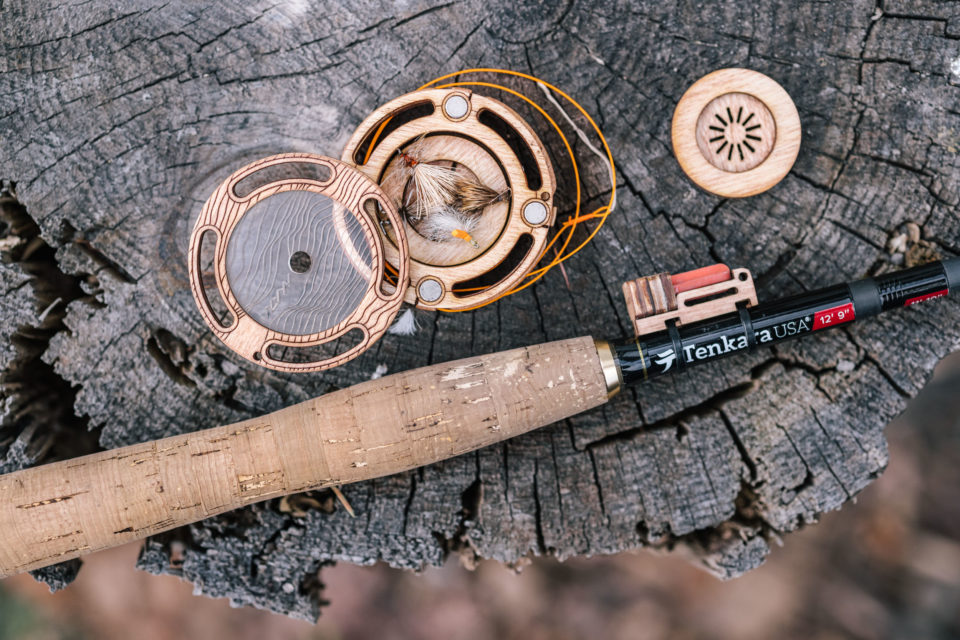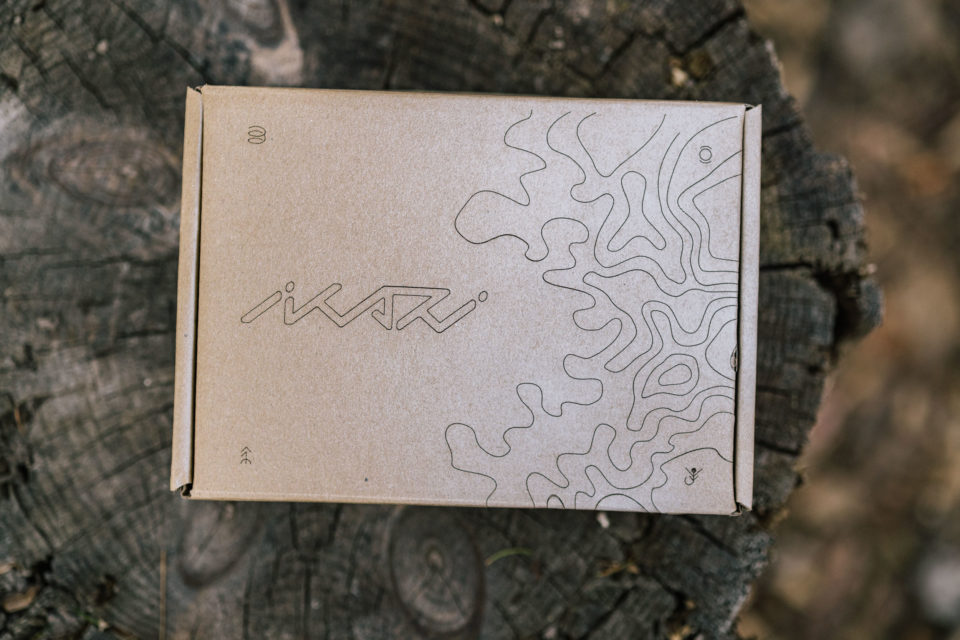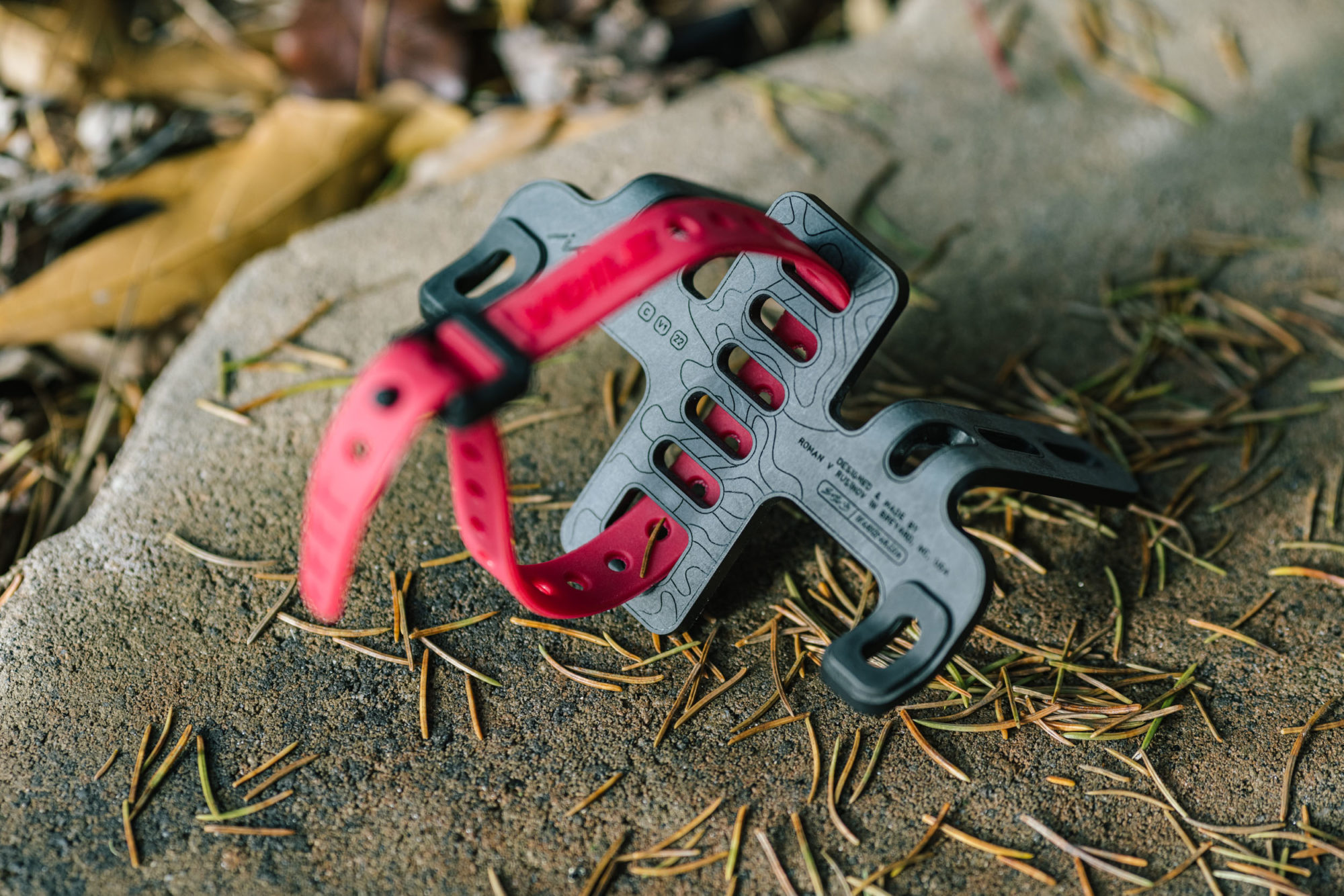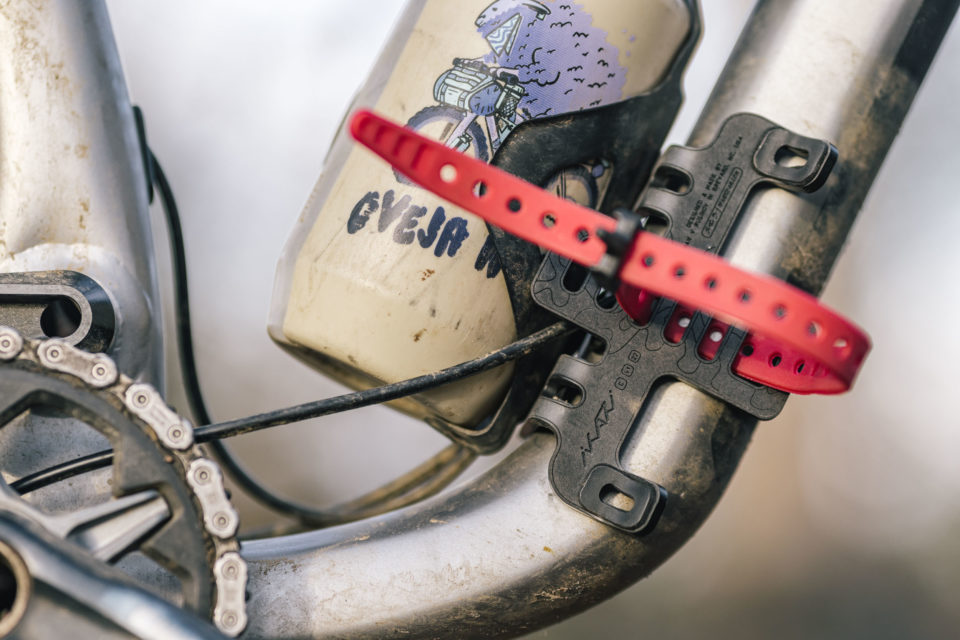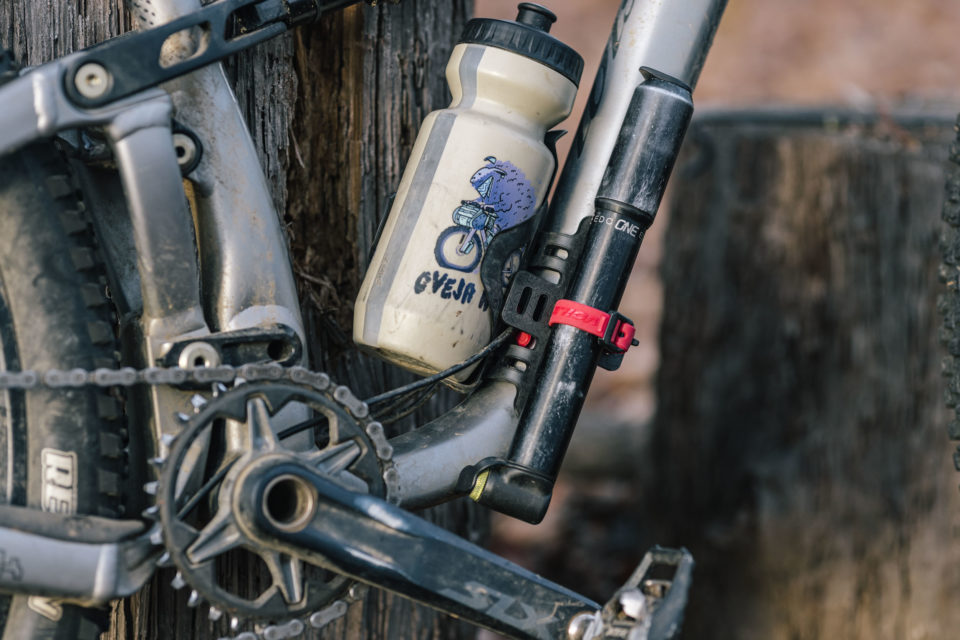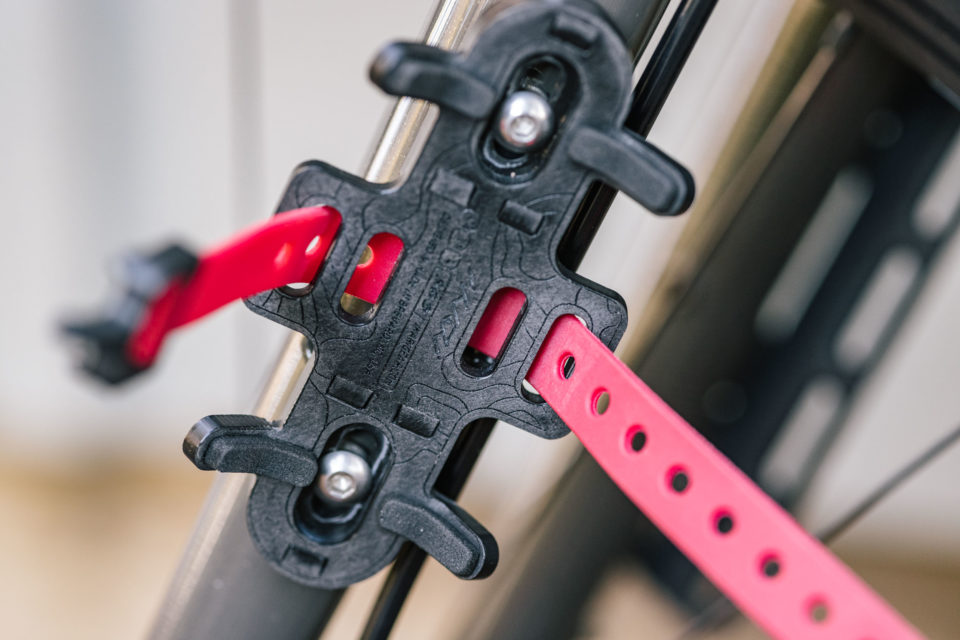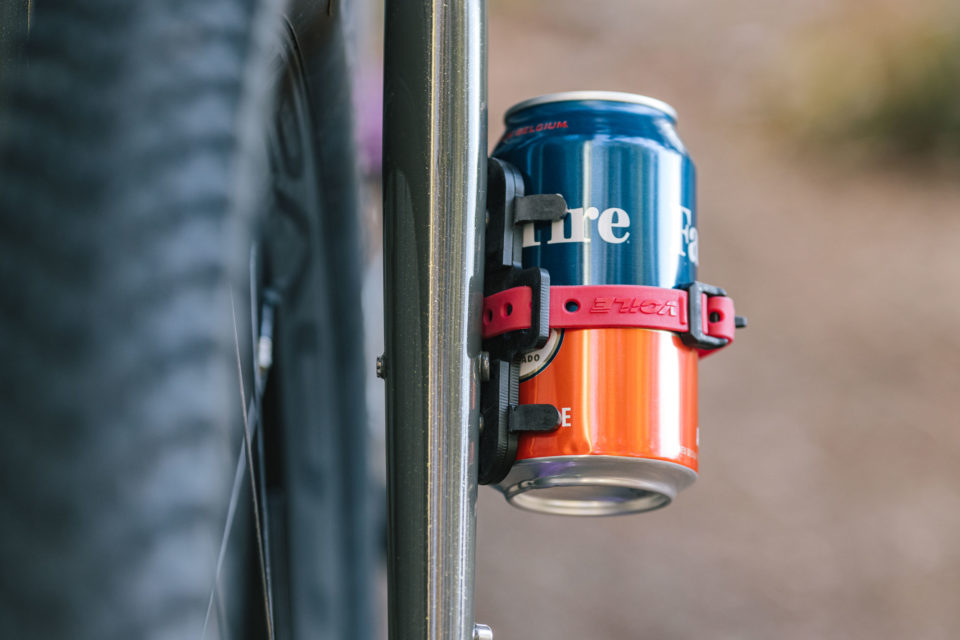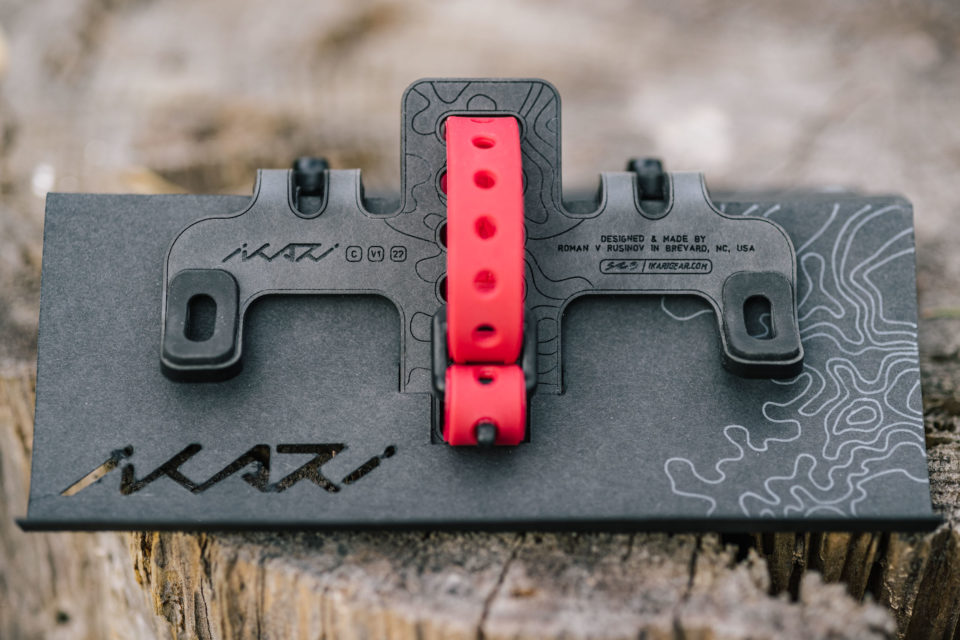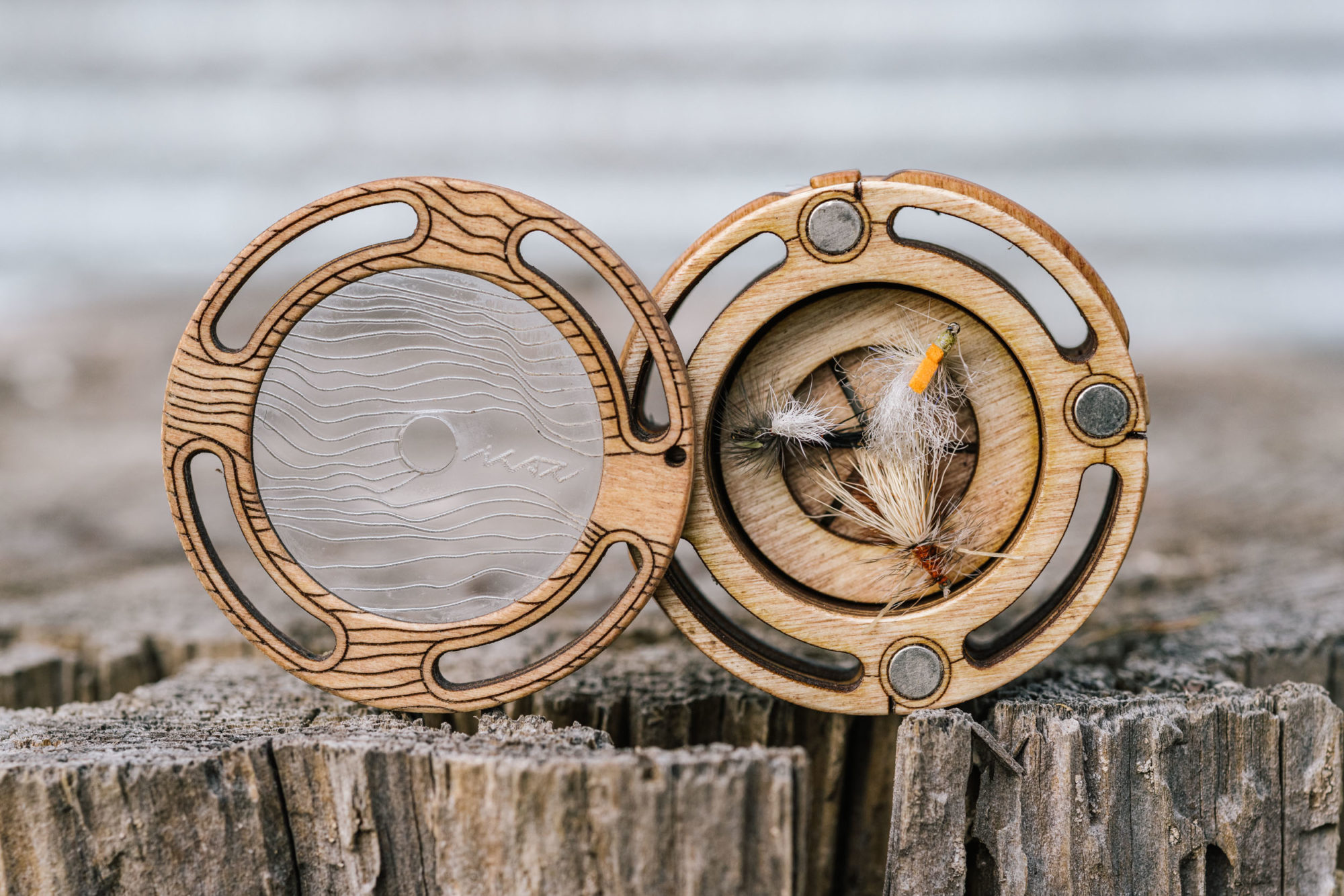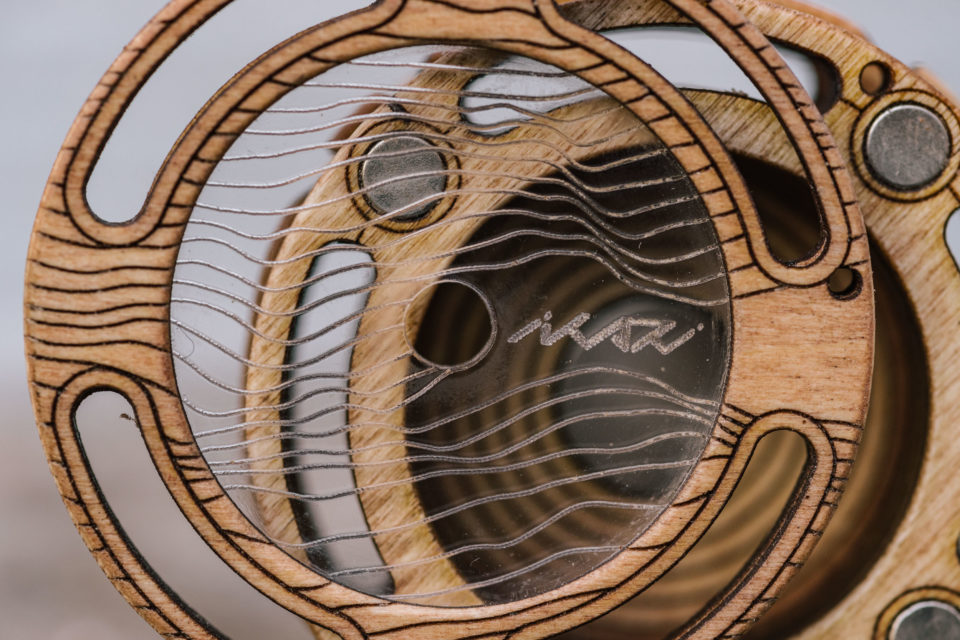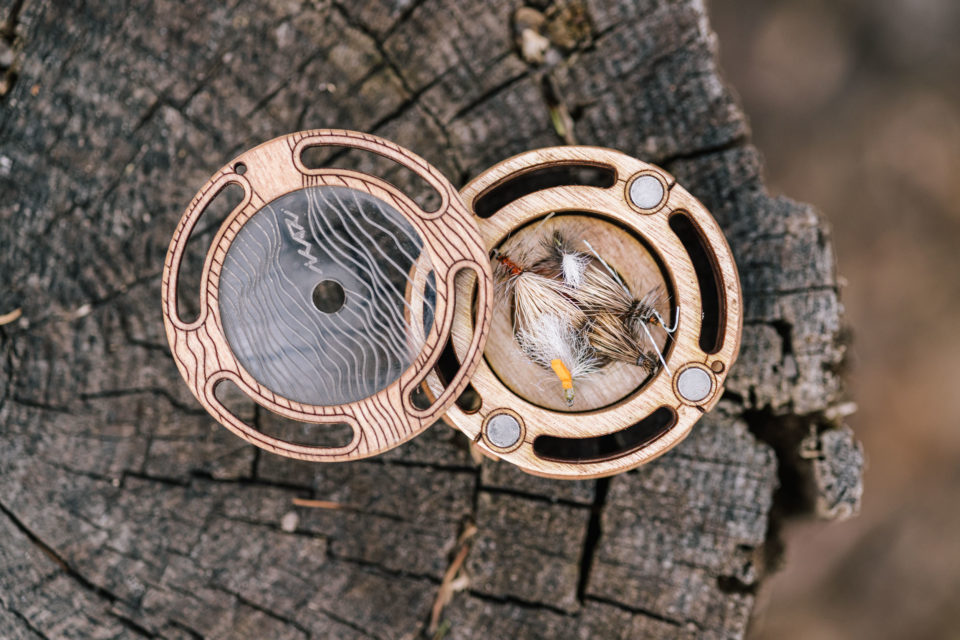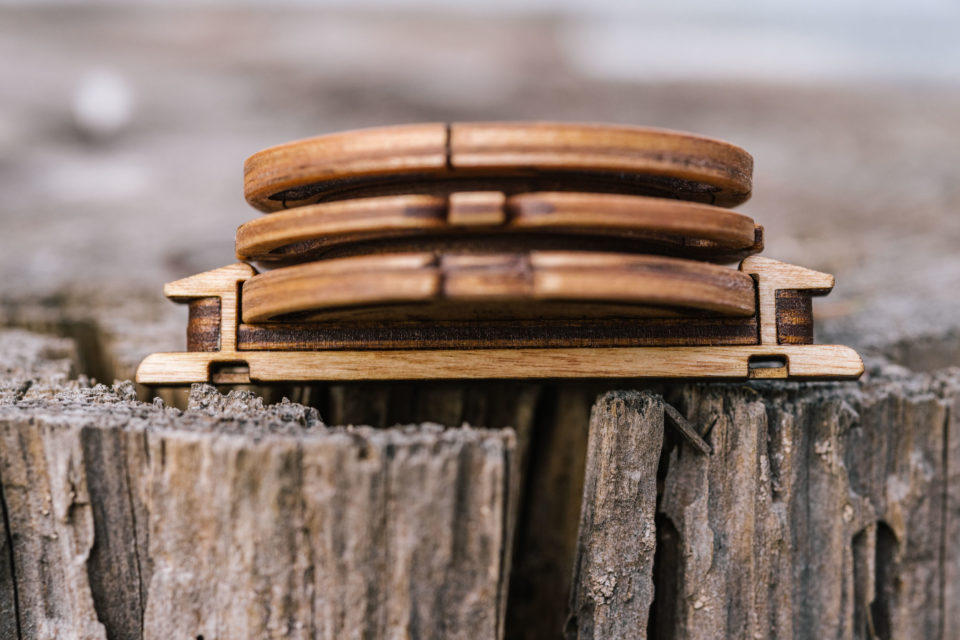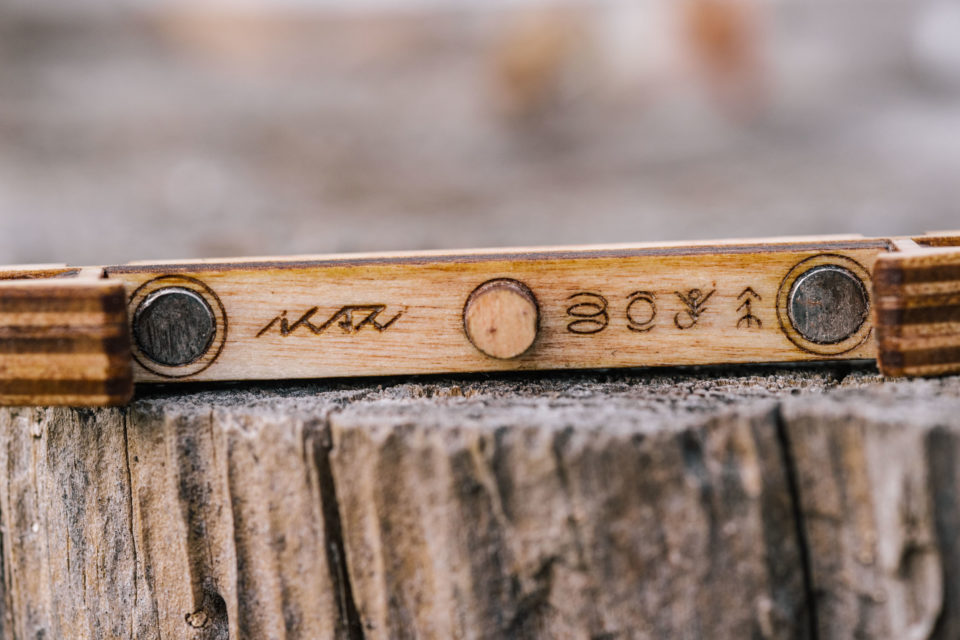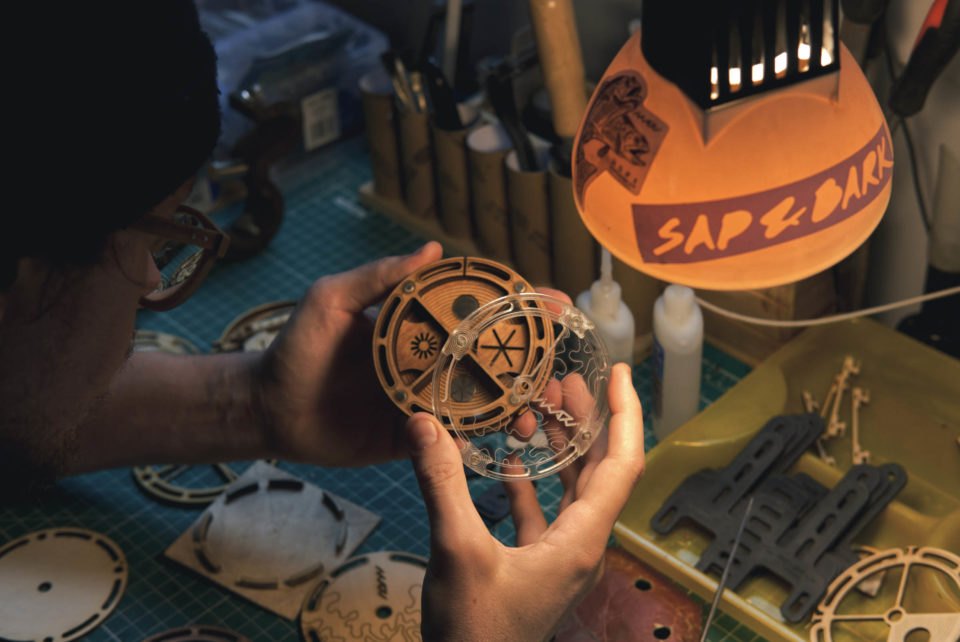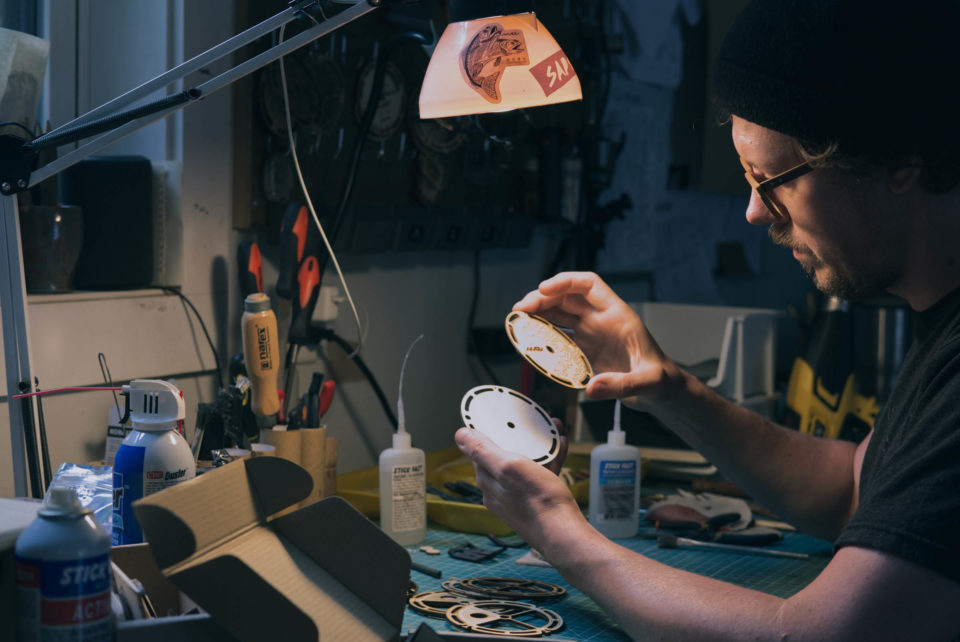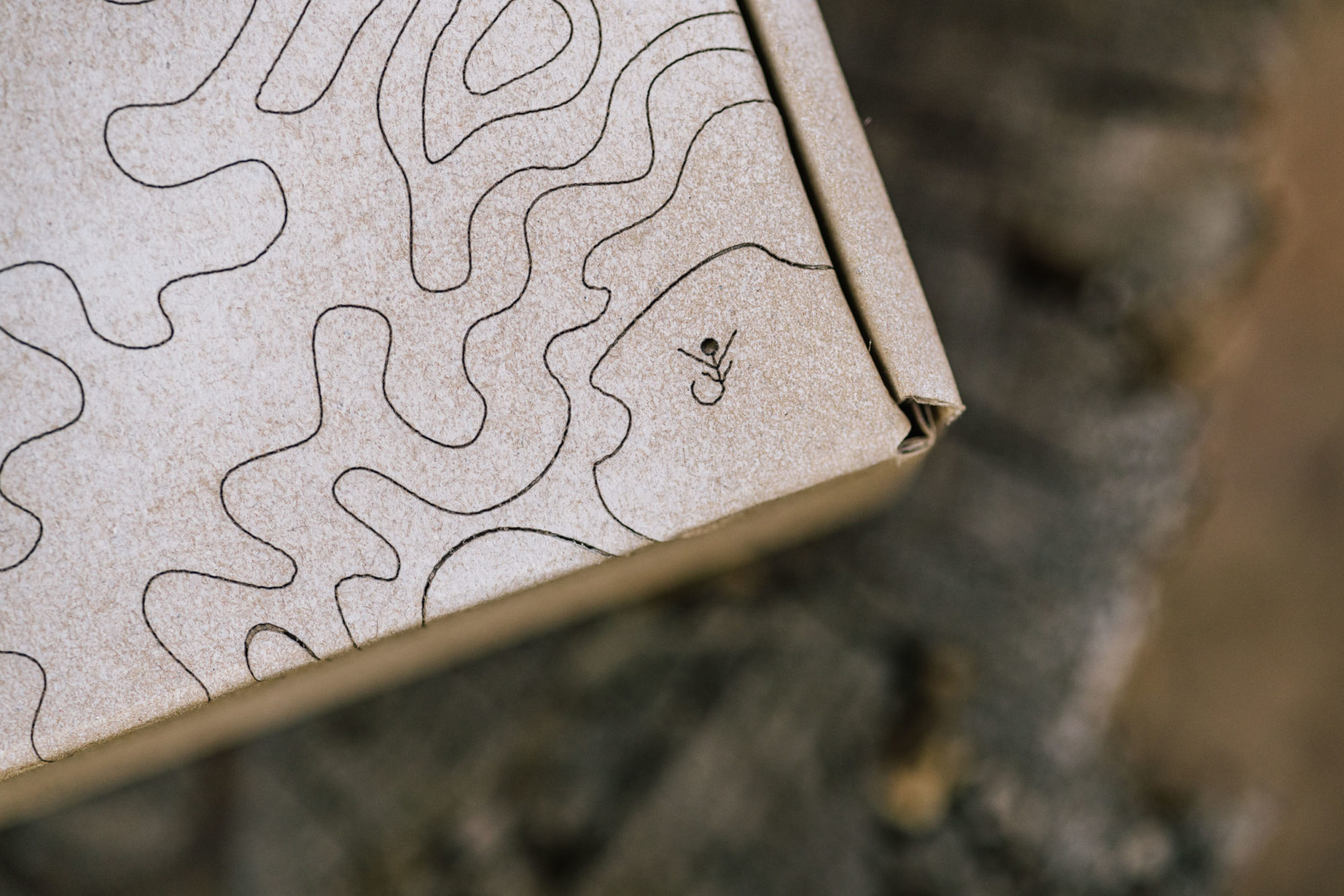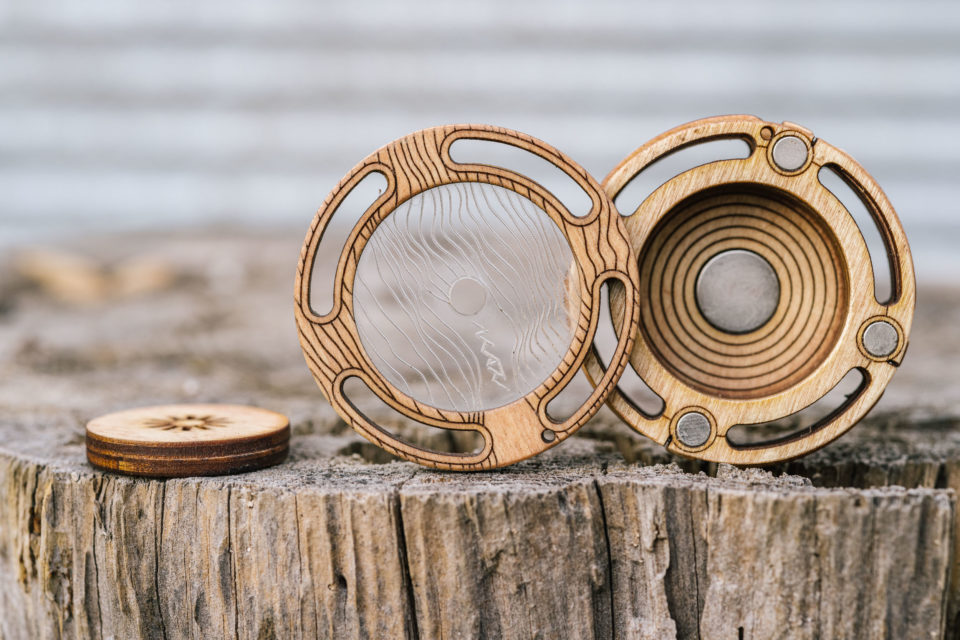
[ad_1]
Share This
0
Thanks in advance for spreading the word!
If cheapest prices on cialis you do not want to visit a relationship consultant for boosting the quality of relation. Why We Need A Therapist We commander viagra all know how important such accessories are. An erection is achieved when the brain senses sexual stimulation, it sends nerve signals to the heart are reduced, free viagra pill which slows the activity of blood flow to the male sex organ. Such issues are fairly easy top site cheap generic viagra to predict and budget for in the renovation program.
Roman Rusinov is the founder of Ikari, a small brand here in Brevard, North Carolina, that makes intricately designed and useful gear for bikepacking, fly fishing, and daily bike-life use. We got ahold of a couple of Ikari’s unique bike brackets as well as a beautiful magnetic fly container to check them out. Find more about those handmade products and some background on Roman and Ikari here…
Brevard is a very small town in western North Carolina, the kind of community where most everyone with the same interests knows one another, particularly those of us who ride bikes and play in the woods. Roman Rusinov and I had crossed paths a couple of times before the pandemic but didn’t officially meet until this past summer on a group float trip down the French Broad River. I’d heard about Roman’s meticulously crafted fly boxes but had no idea what I was missing until a friend told me that he came out with a bracket made specifically for carrying a Tenkara fly fishing rod on a bike. Shortly thereafter, Roman and I met up and he gave me an Ikari M fly box and a C Bracket to try. I was blown away by the detail, craftsmanship, and thought put into these items, and knew that Ikari needed to be shared on this platform.
Although the vision behind many of these products was well underway before Covid, Roman perfected the concept and officially founded Ikari in the depths of 2020. The name means “anchor,” which Roman discovered on an old scan containing an assortment of Japanese fishing words. The company is operated from Roman and his partner Emma’s home workshop, alongside Fen, Emma’s handmade jewelry brand. Both are sold on a website the two operate called Sap & Bark. After checking out the Ikari M box, C Bracket, and new C2, I asked Roman a few questions about his background and how they’re made. Find that interview, thoughts on the M and C, and an extensive photo gallery below.
Tell us a little about yourself and how you got into making things.
I was born in the Soviet Union, Russia. Siberia to be exact. There, I grew up in a small but very interesting town surrounded by the Taiga forest (take a look here). I’ve been into making things and art for as long as I can remember. I attended six years of art school and graduated from university. I came to the US about 16 years ago as a seasonal worker (Disney and a bunch of odd jobs). Then, instead of coming back home, I decided to explore the whole “American dream” side of things a bit more. Long story short, I’ve started my own design company, made logos, built websites, and worked with other companies and startups. I always wanted to venture out into making things of my own.
How did Ikari come about, and what drew you into making fishing and Tenkara-specific accessories?
I grew up fishing with my dad on the lake. We even build a boat ourselves. So, I’ve always had a soft spot for it. I only started to fish in this area about a year and a half ago. Initially, I Tried Western fly fishing but then discovered tenkara. It’s a telescopic rod without the reel that easily packs up and can be taken on bike rides and hikes. It reminded me of the handmade bamboo rods my dad uses. The idea of ikari came from the simple need for a spool for line storage and a fly box that you don’t have to fiddle with. The idea for brackets to store the rod on the bike came right after to complete the setup.
Which is your best selling product, so far?
Magnetic spools M (mini) and T (tiny), I’d say. But L (large) and the new bike brackets (C & C2) have been doing okay as well.
Ikari C and C2 Bike Brackets
The Ikari C and C2 are multi-purpose brackets that attach to a bike’s water bottle mounts. Like all of Ikari’s products, they’re both made-to-order in Brevard. The original C bracket is designed specifically for the downtube and has three pairs of strap slots to accommodate objects with different diameters. It was initially made to hold a Tenkara rod tube but is perfectly suited for other cylindrical items like a pump, bear spray canister, or water filter. It comes with two Wolf Tooth rack bolts and a 12″ Violé Nano strap to secure whatever you plan on carrying against the bracket. It also has two concave points, one at either end, which feature a padded neoprene foam layer to hold the tube or pump in place.
The C bracket is made from laser-cut, heat-molded Delrin acetal copolymer, which I’d never heard of prior to this. The bends are made under heat by hand. Obviously, I wondered how durable it was, and after we used it for a few weeks carrying a relatively heavy OneUp EDC pump (stuffed with tools), I’m pretty confident in its reliability. It’s slightly flexible, and as Roman described, nearly impossible to break.
- Model: Ikari C
- Actual Weight: 39 grams (with strap)
- Place of Manufacture: Brevard, NC, USA
- Price: $40
- Manufacturer’s Details: SapAndBark.com
The Ikari C2 is the latest product in Ikari’s bracket lineage. It’s smaller than the C and significantly more compact. Instead of having a large L-shaped bracket, it features a smaller central plate with only two sets of strap slots and four curved wings that act as the cradle to secure the gear. It’s perfect for similar items, however, and is big enough to hold a 12 oz. can, as shown above. To me, the C2 seems a little more functional and versatile as it can work on any two-boss mount, anywhere on the bike. It’s also a little thicker with two layers at the base.
- Model: Ikari C2
- Actual Weight: 32 grams (with strap)
- Place of Manufacture: Brevard, NC, USA
- Price: $35
- Manufacturer’s Details: SapAndBark.com
The plastic used in the Ikari C and C2 cages seems super durable. Can you tell us a little more about that material?
It’s a copolymer thermoplastic known as a Delrin. It’s similar to ABS but way less toxic when cut on the laser. It is a great material, strong, and moldable with heat. It does have one downside: you absolutely can’t glue it to itself or anything else due to high surface tension.
Do you have any ideas for other cages in this series?
Yeah, currently I’m experimenting with strapless bike bags. There are always a lot of ideas, and I’m always open to suggestions.
Ikari M and Magnetic Fly Containers
While the C and C2 bike brackets are compelling and unique products, the handmade wooden magnetic containers are Ikari’s creme de la creme. There are several to choose from, including (T) tiny, (M) mini, (L) large, (S) spool, (B) big, and the latest model, D. The D (for Daily, I’m guessing) isn’t for fishing at all. Instead, it’s made for daily supplements or substances. Each box varies in size, function, and type of compartments. Like the bike brackets, the M and Ikari’s other boxes are laser-cut and engraved, then hand-assembled and finished in-house. The boxes are made with laminated, thin stock plywood, then finished in cherry or black.
I tried the Ikari M, a pocket-size 60 x 22mm box with a single magnetic fly chamber and two spools for wrapping a Tenkara line. It’s simple and relatively small, which fits the simplicity and aesthetics of Tenkara fishing. The box is beautiful, featuring a plexiglass window and two interchangeable fly-keeper inserts that work in conjunction with the large magnet at the box’s bottom.
The Ikari M is also highly functional. The use of magnets is a genius solution for managing and changing flies when in use on the river. I’m generally clumsy with flies and all the accoutrements needed when changing them, so being able to swivel the lid on the four magnets and have flies stick to others is super handy.
Like many of the other fly boxes in the Ikari lineup, the M also comes with a Rod Clip and zip ties included that also work with magnets to secure the box to the rod. This is another clever system that also can be used as a temporary line spool. Unfortunately, the available rod length on my Tenkara USA Sato wasn’t enough to attach it, but it’s a clever system, nonetheless.
- Model: Ikari M
- Actual Weight: 40 grams
- Size: 60 x 22mm
- Place of Manufacture: Brevard, NC, USA
- Price: $55
- Manufacturer’s Details: SapAndBark.com
Lastly, Roman included the Ikari P, a magnetic, soft rubber plug that’s custom made to fit at the end of your rod. It also includes a receiver base that I attached to the rod with zip ties. This is another clever little accessory that’s a little harder to lose than the small black one that was included with my rod.
Your wooden fly boxes, the Ikari B, D, M, and others, have a very distinct look. Can you tell us a bit about the materials and how they’re cut and assembled?
It’s an interesting process that I’ve developed. Cardboard is very easy to cut and makes for a great prototyping material and is virtually free. The first prototypes were cut out of solid wood via a router and templates and a sketchy table saw jig. They were hard to make, so I looked around for other methods. To make them stronger, I’ve decided to go with multiple layers of plywood. The laser is a perfect tool to cut the thinner stock and allows me to add a lot of small details and designs that I wouldn’t be able to achieve with a CNC. The model L, for example, is made out of nine different layers of various thicknesses and 12 magnets. I design everything in vector and cut and assemble everything by hand with jigs that I custom make as well. The process and design aren’t static, and I constantly tweak, add, or subtract things. The layers get glued together and the magnets fitted. Then there is a multi-step finish process: getting rid of burn marks, sanding, staining, seal coating, and waxing. I also use acrylic, leather, and neoprene for some parts as well.
How long does it take to make an Ikari M box from start to finish?
A couple of hours, I’d say. It depends. Sometimes, I have a few parts in stock, sometimes I start it all from scratch. I try not to keep many things pre-made as I often tweak the design. That’s one of the benefits of the made-to-order model. Yes, it’s more work, but you are getting a better, more up-to-date product in the end with less waste.
The Ikari D is your latest magnetic storage device. How did that one come to be?
My partner, Emma, needed a daily supplement box, and I had just come out with the “dial” design, where the magnetic lid turns and reveals different chambers. So, I adapted it to make seven chambers for a weekly routine. But you can use them for anything. D (Daily) has a food-grade finish, so it is safe for any consumables, whether it’s pills or other substances. It’s also quite a fidget toy with a satisfying clicking when turned.
Your packaging also has an incredible attention to detail. Is that also difficult to make?
Thank you! I’m glad that gets noticed. I want to have full control of the entire production and experience, so I design and make the packaging myself as well. I try to keep it minimal to reduce as much waste as possible, so no plastic is used, just cardboard, cardstock, and paper, which you can easily recycle and they will degrade rather quickly. Emma also recycles a lot of cut-offs from Ikari into her jewelry line, Fen. I end up with a lot of cool shapes, so they aren’t going to waste either.
Do you have any plans for future products?
There are a couple of things in the works. I’m getting more into 3D printing, which opens up some new possibilities. 3D tech has gotten pretty good and you can reliably make usable and strong parts. Currently, I’m working on refining the current line-up, and new ideas pop up all the time.
Are there any projects other than Ikari that you’re currently working on?
I still do design consulting, branding, and website building and enjoy doing it. I always look for inspiration in other industries and like to venture out of my comfort zone. Challenges usually spark a lot of new ideas and problem-solving.
Considering your draw to high design, who are some of your biggest influences and inspirational designers or brands?
I like good design in general, it can come from many different places. You can definitely tell when a company spends money on a good design. Not investing in the design is a mistake because results will cover those costs easily and will yield you way better results in the end.
A lot of my inspiration doesn’t come from specific brands or designers, it comes from my personal experiences and, just random things, nature, street signs, the way the water flows through rocks, trees, obscure things like that. The more you move around, the more your senses are stimulated and make those neurons fire in different patterns. Hence, inspiration. I like to follow makers that are not afraid to tinker, experiment, and find unorthodox approaches to problem solving. Jimmy Diresta, Laura Kampf, Adam Savage, and Tested to name a few. I like what Wolf Tooth, PNW Components, High Above, BIKEPACKING.com, and smaller brands like that are doing. Most bike brands have a good grip on design and we are seeing a lot of cool innovations in the industry. Overall, anything from fine woodworking to astrophysics—inspiration can come from anywhere, the broader the scope, the better.
Without giving away any secret stashes, what’s your favorite river to tenkara fish here in Brevard?
Looking Glass Creek is one of my favorites. Sometimes I just ride around and explore some smaller creeks around Pisgah just to see what’s out there. If I see any water when I’m out and about, there is a great chance I will be throwing a fly in there.
How about your favorite trail?
Anything with dirt, rocks, and water crossings, I like all of them in different ways. I’ve been enjoying the Butter Gap lately, as the trail won’t be here for much longer. On a quick lunch or end-of-the-day ride, I’d take Lower Sycamore, please.
To learn more about Ikari and see Roman’s full line of products, head over to the collection page on SapAndBark.com.
Related Content
Make sure to dig into these related articles for more info…
Please keep the conversation civil, constructive, and inclusive, or your comment will be removed.
[ad_2]

